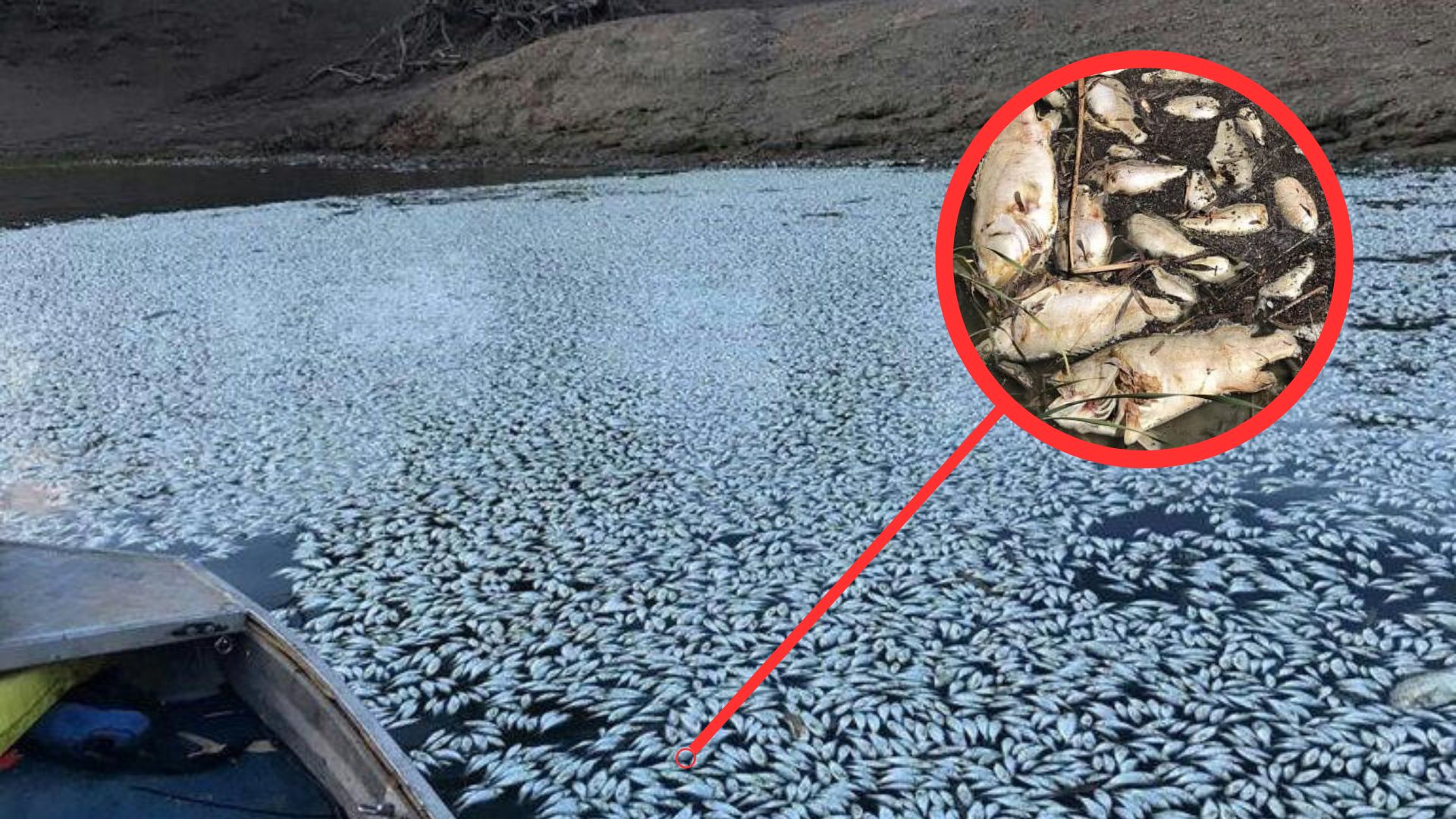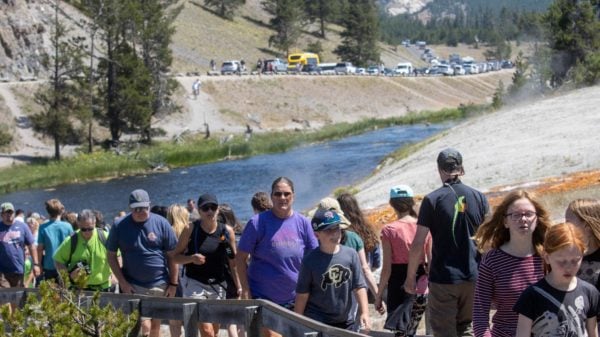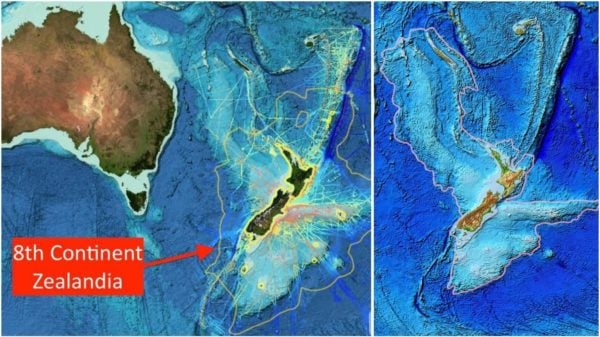Menindee, a quaint Australian town with a population just shy of 500, has been hit by a pungent problem – millions of dead fish have taken over the Darling River.
The gruesome sight and smell are overwhelming as experts speculate that the mass-dying event could be linked to recent flooding and receding floodwaters leading to low oxygen levels.
The town is in shock as they try to come to terms with this devastating ecological disaster and are now trying to figure out what to do next.
According to Cameron Lay, the New South Wales Department of Primary Industries (DPI) Fisheries director of freshwater environments, the initial reports from late yesterday to early this morning were a massive shock.
“We were looking at thousands, potentially tens of thousands, of predominantly bony bream—which is a native species—that have died,” he told ABC News Australia. But that’s not all – local media has reported that other fish, such as Murray cod, golden perch, silver perch, and carp, are also part of this mysterious mass-dying event.
It’s a fish apocalypse of epic proportions!
It’s a scene straight out of a horror movie, except it’s happening in real life — millions of dead fish, a river reeking of decay, and a sinister culprit lurking beneath the surface.
The New South Wales Department of Primary Industries Fisheries has pointed its finger at the low oxygen levels caused by recent flooding as the likely reason for the mass fish deaths in the Darling River.
The floodwaters carried tons of organic matter into the river, which decomposed rapidly and used up most of the dissolved oxygen in the water, leaving little for the fish to survive. To make matters worse, the warmer weather means the fish require even more oxygen, and the water holds even less.
“The fish became victims to this high nutrient feast of floodwater, and now they’re paying for it with their lives in the hot weather,” quipped the DPI in a statement on its website.
The statement goes on to explain that this feast of floodwater, combined with the rising temperatures, has led to a depletion of Dissolved Oxygen (DO) in the river overnight, causing these unfortunate fish deaths.
And it seems that the fish weren’t just found in the river, but also in off-channel waterbodies on the floodplain, where they were stranded as the river levels receded.
While these kinds of events can be devastating, they are all too common.
There’s often a variety of environmental causes for these mass fish deaths, ranging from water pollution to harmful algal blooms.
“Ultimately, these fish die-offs occur because the natural ecosystem cannot support aquatic life,” explained Joy Becker, an associate professor at the University of Sydney, in an interview with ABC News Australia.






























